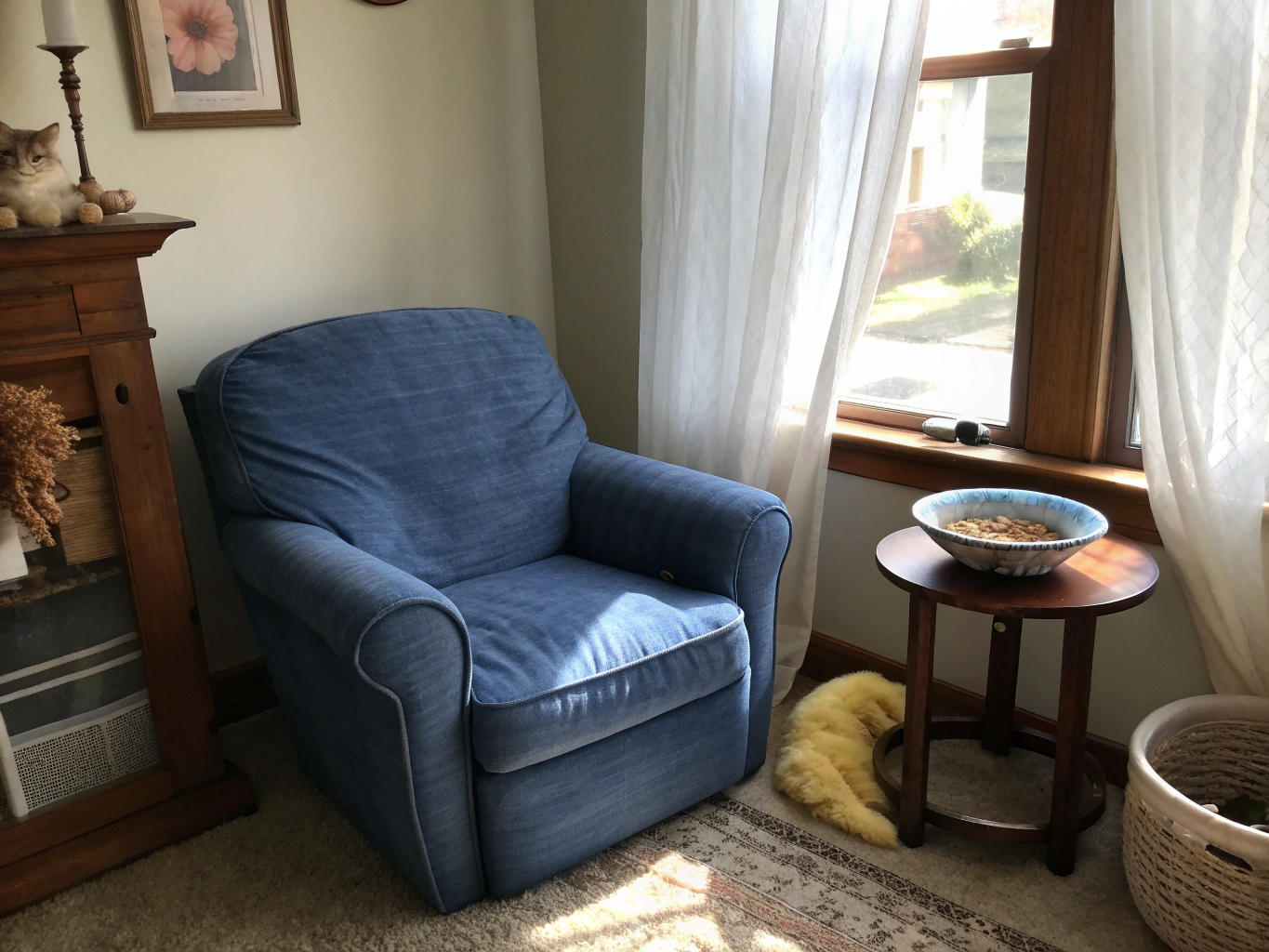Understanding the Connection Between Cat Hairballs and Constipation
Many cat owners are familiar with the pesky hairball issue, but fewer realize how these hairballs can be linked to constipation in cats. When your feline companion grooms themselves, they inevitably swallow loose fur, which can accumulate and form hairballs in the digestive tract. This buildup sometimes leads to uncomfortable constipation, posing health risks if not addressed promptly.
If you’re wondering how to help a constipated cat according to Best Life 4 Pets experts, this article will shed light on the relationship between hairballs and constipation and offer practical tips to support your cat’s digestive health.
How Hairballs Form and Their Impact on Digestion
Cats are meticulous groomers, using their tongues to clean their fur multiple times a day. During grooming, loose hair is ingested and usually passes through the digestive system without issue. However, when excessive fur accumulates, it may clump together and create a hairball that becomes lodged in the stomach or intestines.
These hairballs can slow down the digestive process, sometimes causing blockages that lead to constipation. When a cat is constipated, they may strain during bowel movements, produce small or hard stools, or avoid using the litter box altogether. Prolonged constipation can cause discomfort, loss of appetite, and even more serious complications like megacolon if untreated.
Recognizing Constipation Symptoms Related to Hairballs
- Frequent coughing or retching: This often indicates the cat is trying to expel a hairball.
- Reduced stool output: Less frequent or difficult defecation signals constipation.
- Abdominal discomfort: Cats may appear restless, vocalize pain, or adopt unusual postures.
- Decreased appetite and lethargy: These can be signs of digestive distress.
If you notice these symptoms, it’s important to consult your veterinarian promptly to rule out other potential causes and get appropriate treatment.
Effective Ways to Help Your Constipated Cat
Prevention and management of hairball-related constipation begin with proactive care. Here are some strategies recommended by pet health professionals:
Regular Grooming
Frequent brushing helps reduce the amount of loose fur your cat ingests. Long-haired breeds especially benefit from daily grooming sessions, which minimize hairball formation and promote healthier skin and coat.
Dietary Adjustments
Feeding your cat a diet high in fiber can improve intestinal motility, helping hairballs and stool pass more easily. Specialized hairball control cat foods or supplements containing psyllium husk or pumpkin are often beneficial.
Hydration is Key
Encourage your cat to drink plenty of water. Proper hydration softens stools and supports overall digestive health. Wet cat food or water fountains can entice cats to increase their fluid intake.
Hairball Remedies
Over-the-counter hairball gels and lubricants can facilitate the passage of hair through the digestive tract. Always use products designed specifically for cats and follow dosage instructions carefully.
Consult Your Veterinarian
If constipation persists despite at-home interventions, professional veterinary care is essential. Your vet may recommend enemas, laxatives, or diagnostic tests to address the issue safely and effectively.
Final Thoughts
Understanding the link between cat hairballs and constipation empowers you to take timely action. By combining regular grooming, proper diet, hydration, and attentive care, you can help keep your cat comfortable and healthy. For detailed guidance, remember to explore how to help a constipated cat according to Best Life 4 Pets experts and offer your feline the relief they deserve.

Leave a Reply